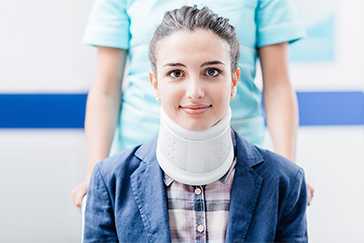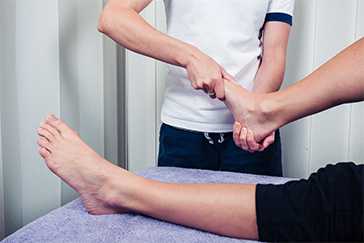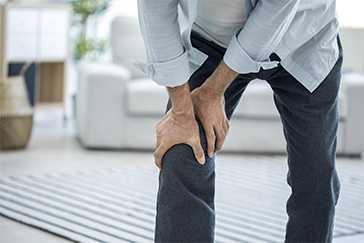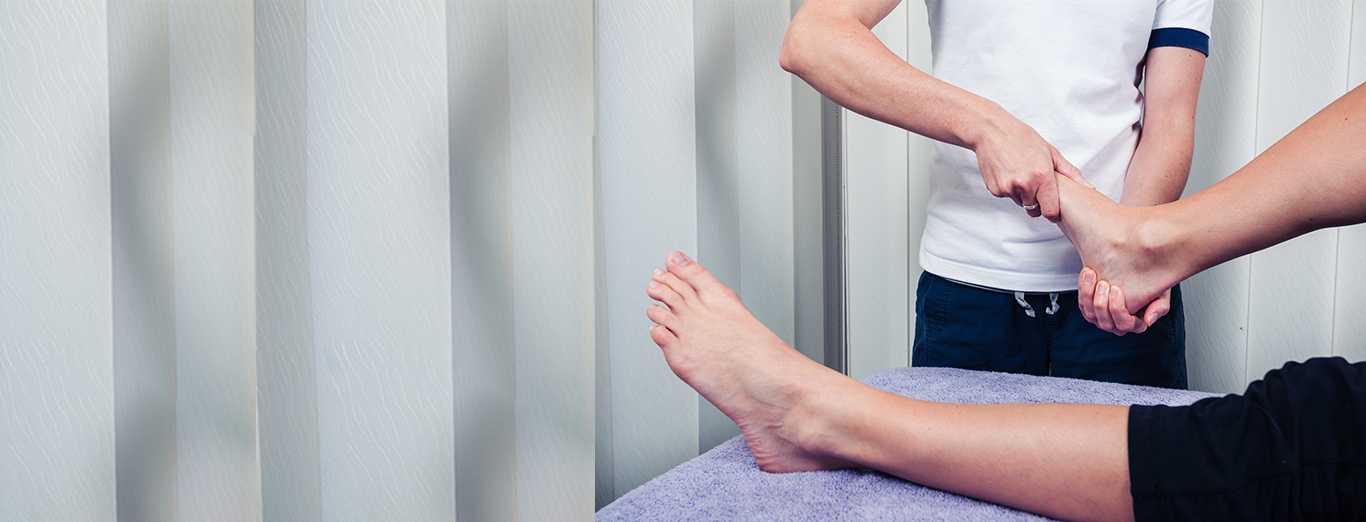
10 important facts about calcaneal spurs

These Might be of Interest
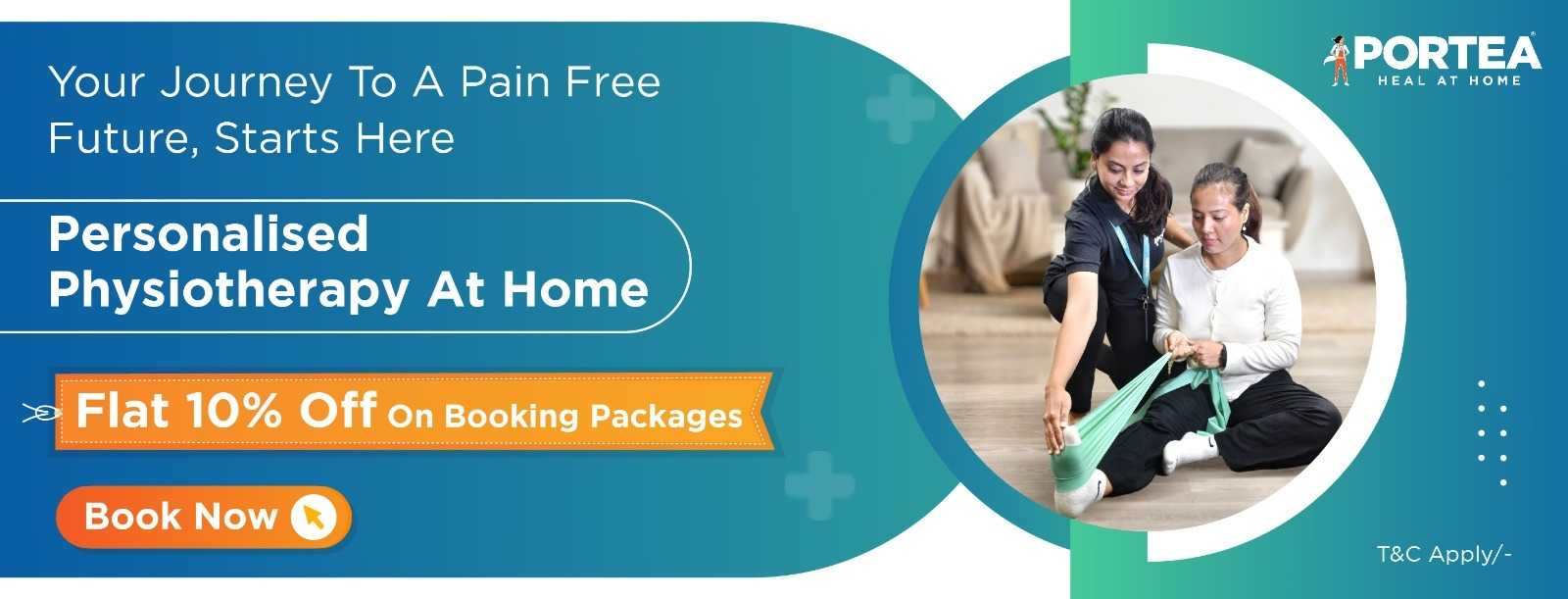
what are calcaneal spurs?
Calcaneal spurs, commonly known as heel spurs, are small bony protrusions that develop on the calcaneus, the heel bone. While these spurs are often asymptomatic, they can cause discomfort when they put pressure on nearby nerves or soft tissues, leading to heel pain during activities such as standing or walking.
Most heel spurs form at the calcaneal tuberosity, the bony prominence at the base of the heel where the plantar fascia attaches. Less commonly, spurs can develop at the back of the heel, where the Achilles tendon attaches, potentially leading to conditions like Achilles tendonitis.
what causes calcaneal spurs?
Calcaneal spurs form as a response to inflammation in a tendon or ligament at its attachment point to the bone. In the case of plantar heel spurs, repeated microtrauma or strain on the plantar fascia can lead to inflammation, which triggers the body to create new bone. Heel spurs often coexist with plantar fasciitis, an inflammation of the plantar fascia, though it is unclear whether the spurs cause plantar fasciitis or if they are a secondary response to the inflammation.
Several factors increase the risk of developing heel spurs, including conditions that place extra stress on the heel, such as obesity, long periods of standing, working on hard surfaces, overtraining, and having flat feet. Aging also contributes, as the protective fat pad on the heel thins, and the plantar fascia loses flexibility, heightening the risk of both heel spurs and plantar fasciitis. Some individuals may be genetically predisposed to develop heel spurs even with minimal stress. Additionally, those with bone and joint disorders like osteoarthritis, rheumatoid arthritis, gout, and ankylosing spondylitis are more prone to developing heel spurs.
what are the signs and symptoms of calcaneal spurs?
Calcaneal spurs don’t always cause heel pain, but when they do, the pain is typically felt at the bottom of the heel and along the sole of the foot. The symptoms are often similar to those of plantar fasciitis, with pain being more intense in the morning or after prolonged periods of rest. The discomfort tends to ease with activity but can reappear at the end of the day or after spending long hours on your feet. High-impact activities like running, jumping, or training without proper footwear can exacerbate the pain and make the symptoms worse.
here are 10 important facts about calcaneous spurs that you should know:
A calcaneal spur, commonly known as a heel spur, is a bony protrusion that forms due to calcium deposits on the heel bone, particularly on the underside. This protrusion can sometimes extend toward the toes.
Heel spurs can develop when the plantar fascia, a fibrous tissue band running from the heel to the toes, becomes inflamed or torn. This condition can reduce the arch of the foot and is more common in children aged six and above once their foot arch is fully developed.
Women are more likely to suffer from calcaneal spurs than men and often rely on over-the-counter pain relievers, such as ibuprofen, for relief.
Heel spurs occur over time due to the accumulation of calcium deposits on the sole of the foot. Other contributing factors include muscle and ligament strains in the foot, plantar fascia strain, and frequent tearing of the heel bone’s membrane.
Athletes, particularly those involved in long jumps, sprints, or running on hard surfaces, are at a higher risk of developing heel spurs.
other factors include:
Obesity and Excessive Weight: Walking abnormalities from excess weight can place added stress on the heel ligaments, nerves, and bones.
b. Expensive Shoes with Poor Fit: High-cost shoes that lack proper arch support can contribute to heel spur formation.
c. Aging: As we age, the plantar fascia loses flexibility and the protective fat pad in the heel diminishes, increasing the risk of heel spurs.
d. Diabetes: This condition can also increase the likelihood of developing heel spurs.
e. Prolonged Standing: Spending extended periods on your feet can contribute to heel spur development.
f. Flat Feet: Individuals with flat feet are more prone to heel spurs.
Heel spurs often don’t cause symptoms on their own. However, they can be associated with chronic or intermittent pain, particularly during activities like running, jogging, or walking. If inflammation occurs at the spur site, it can lead to pain rather than the spur itself.
Pain from heel spurs is typically described as a sharp, pin-like sensation or feeling as if a knife is stabbing the underside of the foot. This pain is usually most intense first thing in the morning when stepping out of bed, but it can diminish to a dull ache later in the day or recur sporadically, especially after periods of sitting. If the pain persists for more than a month, it’s advisable to consult a doctor.
Over-the-counter medications such as naproxen, acetaminophen, or ibuprofen can help alleviate heel spur pain. Corticosteroid injections may also be used to reduce inflammation.
To prevent heel spurs, it’s crucial to wear well-fitting shoes with proper support. Look for shoes with auxiliary heel counters, rigid shanks, and shock-absorbent soles. Additionally, choose appropriate footwear for physical activities and make sure to warm up and stretch before exercise. If you are overweight, losing weight can also help prevent heel spur formation.
how can we help?
With Portea, you’re not just getting physiotherapy at home for Calcaneal Spurs; you’re gaining a partner in your journey to recovery and well-being. We also offer a range of superior healthcare services, including doctor consultations, medical equipment, nursing home care, and dedicated caretakers. Rely on us for top-tier healthcare solutions tailored to your requirements.
faq’s
How are calcaneal spurs diagnosed?
Calcaneal spurs are diagnosed through imaging tests such as X-rays or CT scans of the foot. On a lateral X-ray view, plantar heel spurs appear as small, spike-like projections extending from the bottom of the calcaneal tuberosity, while dorsal heel spurs are located above the insertion point of the Achilles tendon.
How are calcaneal spurs treated?
Treatment for calcaneal spurs is necessary only if they cause pain or discomfort. To relieve heel pain, anti-inflammatory medications like ibuprofen or naproxen can be effective. Additional measures include physical therapy and stretching exercises for the plantar fascia, which can help reduce pain. Common at-home exercises include rolling a tennis ball under the feet and leaning against a wall with one foot in front of the other to stretch the back leg. Wearing supportive shoes with extra cushioning or using shoe inserts, such as silicone heel pads, can also help alleviate pain while standing or walking.
What are the most important facts to know about calcaneal spurs?
Calcaneal or heel spurs are bone growths at the bottom of the heel bone, often linked to inflammation of tendons or ligaments, typically associated with plantar fasciitis. While the spurs themselves are painless, they can cause heel pain by irritating nearby nerves or soft tissues. Diagnosis is made using X-rays, and treatment is only needed if symptoms arise. Options include pain relief medications, physical therapy, shoe orthotics, and, in severe cases, surgery.
What are Non-Surgical Treatments for Calcaneal Spurs
If Calcaneal pain lasts more than a month, consult a healthcare provider. They may suggest conservative treatments such as:
- Stretching exercises
- Shoe recommendations
- Taping or strapping to support stressed muscles and tendons
- Shoe inserts or orthotic devices
- Physical therapy
- Night splints
Does Surgery help for Calcaneal Spurs
Over 90% of people improve with nonsurgical treatments for heel spurs. However, if symptoms persist despite conservative measures for 9 to 12 months, surgery might be needed to alleviate pain and restore mobility. Surgical options include:
- Heel Spur Removal: Removing the spur itself.
- Plantar Fascia Release: Releasing the tension in the plantar fascia to reduce pain.
- Debridement: Removing degenerated tissue from the affected area.
- Bone Spur Excision: Cutting away the bone spur to relieve pressure.
Doctor Consultation
Nursing
Physiotherapy
Trained Attendant
Elder Care
Mother & Baby Care
Lab Tests
Medical Equipment
Speciality Pharma
Critical Care

